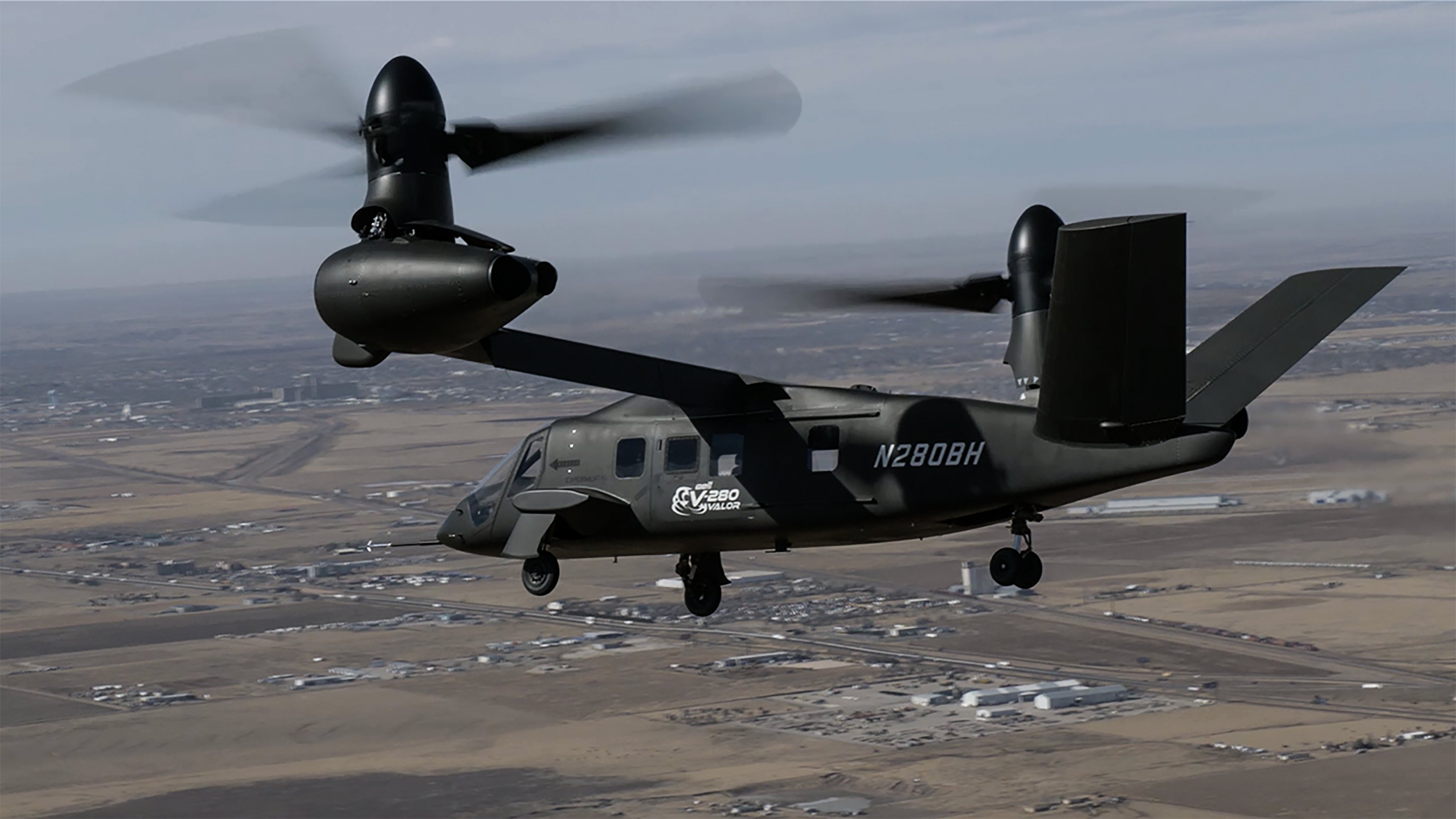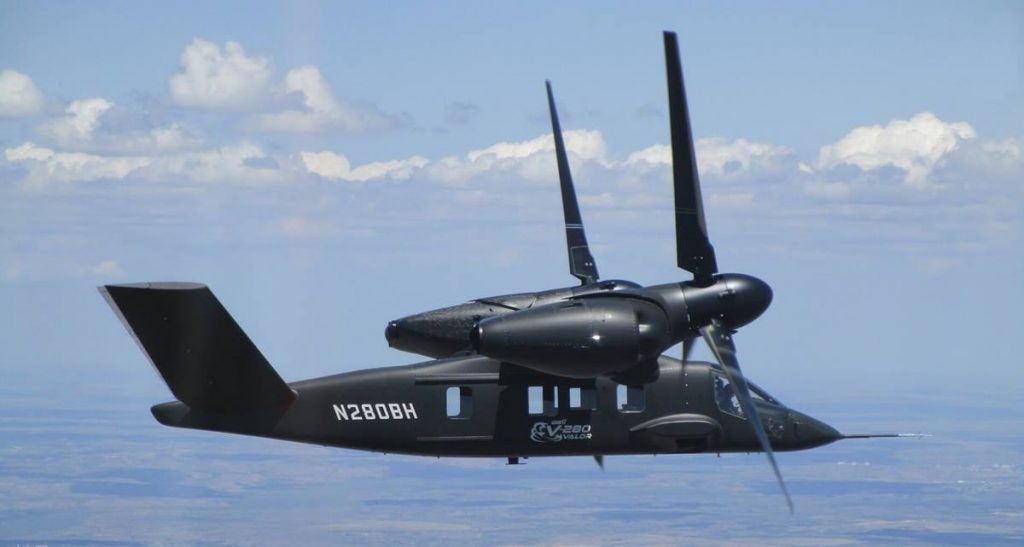FLRAA for the British Armed Forces: Rolls-Royce and the V-280
In mid-July the American Secretary of the Army and the British Armed Forces Minister signed an agreement to allow the UK’s participation in the US Army’s Future Vertical Lift program. This agreement also brought the UK into the Long Range Precision Fires and Soldier Lethality programs but here we will be focusing on rotorcraft. The UK has expressed interest in both the Future Attack Recon Aircraft (FARA), which is to be an agile complement to Apache, and the Future Long-Range Assault Aircraft (FLRAA), which is to be a high-speed replacement for medium-lift rotorcraft. Ideally, the US Army wants both of these in service by 2030.
Historically, the UK has signed on for license production of American helicopters after the design has matured in US Army service. For example, both the Chinook and Apache entered service with the British military 18 years after being fielded by the US Army. For the UK to join the program 10 years prior to the aircraft entering service is a significant change and highlights growing ties between the US and UK defense industrial bases. Indeed, a week after the agreement was signed Rolls-Royce announced that it would be providing the propulsion systems for the Bell V-280, the leading competitor in the FLRAA program. Currently, the prototype V-280 uses General Electric engines. Rolls-Royce also provides the engines for the V-22 tilt-rotor, so their selection isn’t without precedent. They will also provide an advanced infrared suppression system to reduce the aircraft’s vulnerability to short-range air defenses.

How further cooperation will materialize is yet to be seen. A key element of the US Army’s FVL program is manned-unmanned teaming (MUM-T) which we’ve discussed in previous articles. In practice, this involves the control of one or several unmanned vehicles from the helicopter itself. In June, the British company QinetiQ conducted a groundbreaking MUM-T experiment with a semi-autonomous drone being controlled by a lightly modified H125 helicopter. This test was funded by the British Army and to my knowledge is the first of it’s kind outside the US. Likely cooperation between the US and UK will grow to include the Air-Launched Effects (ALE) family of helicopter launched unmanned vehicles.


